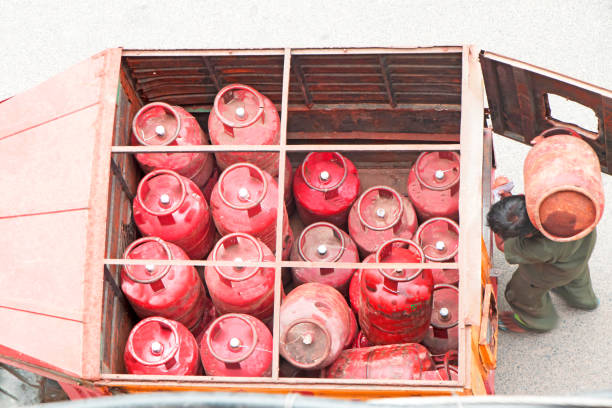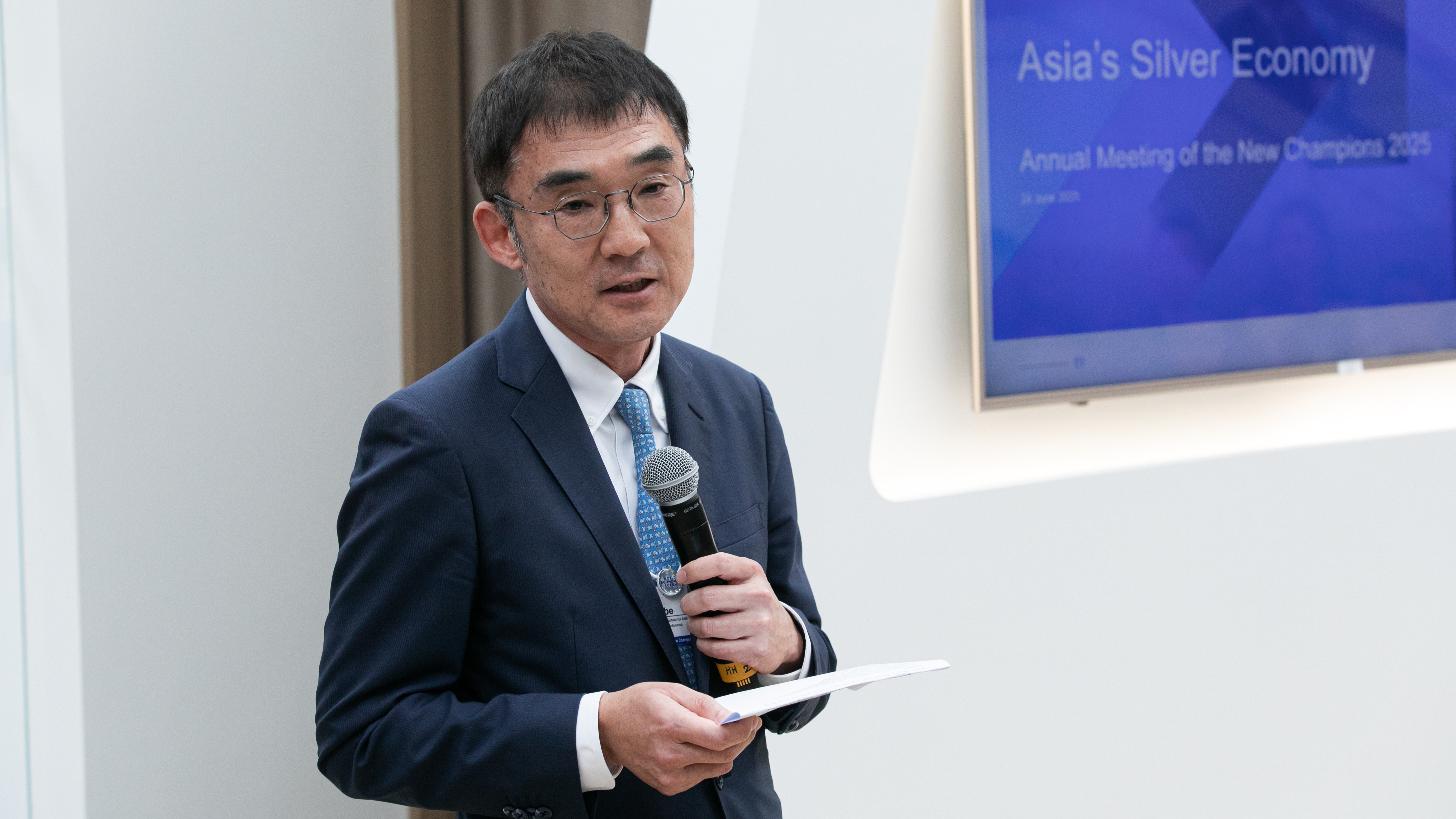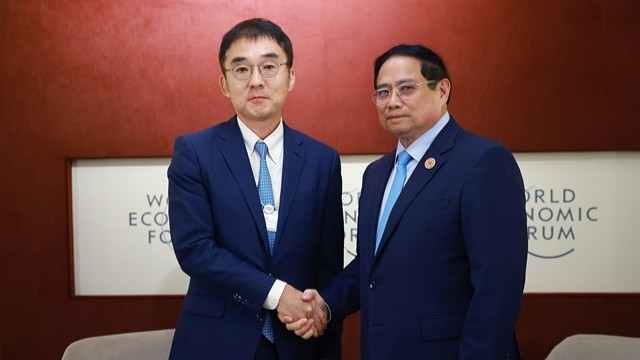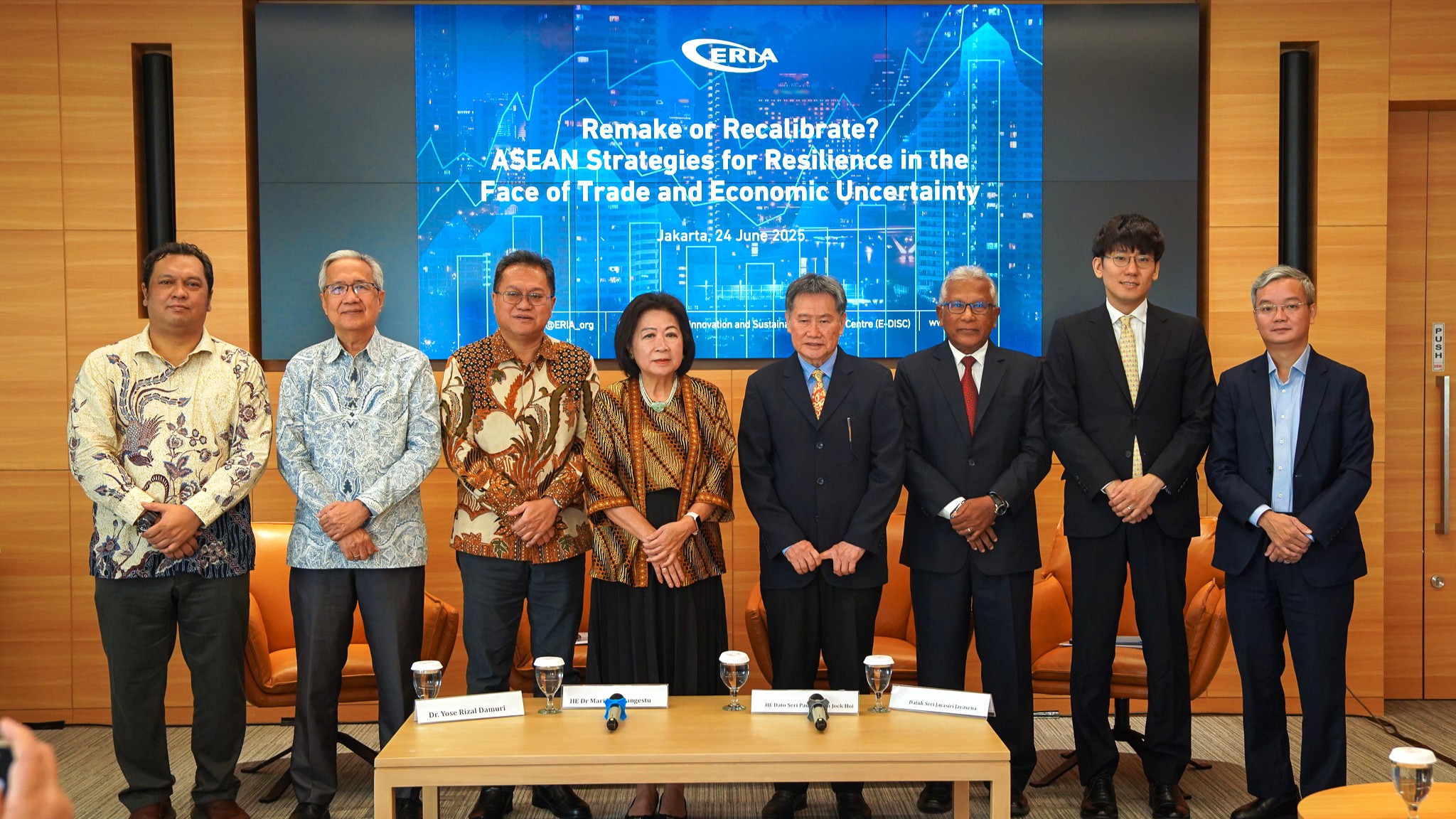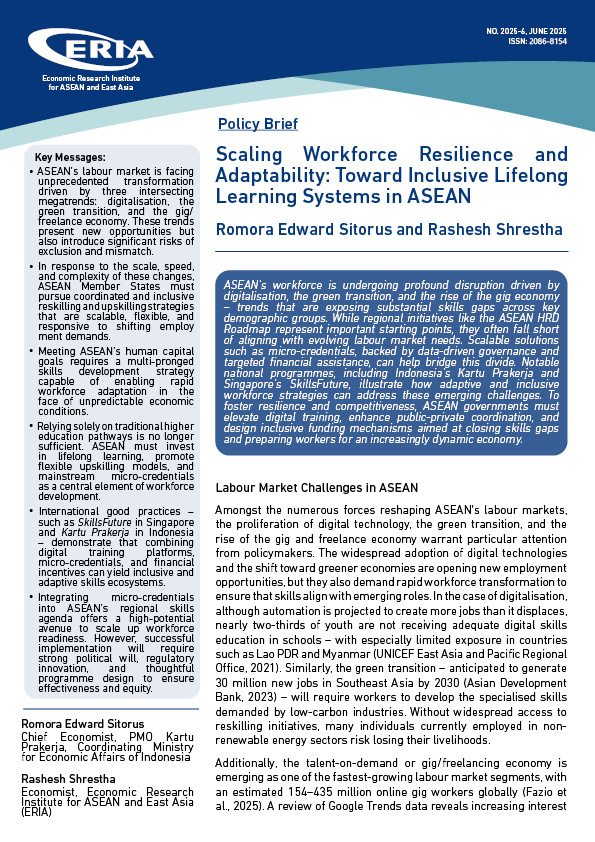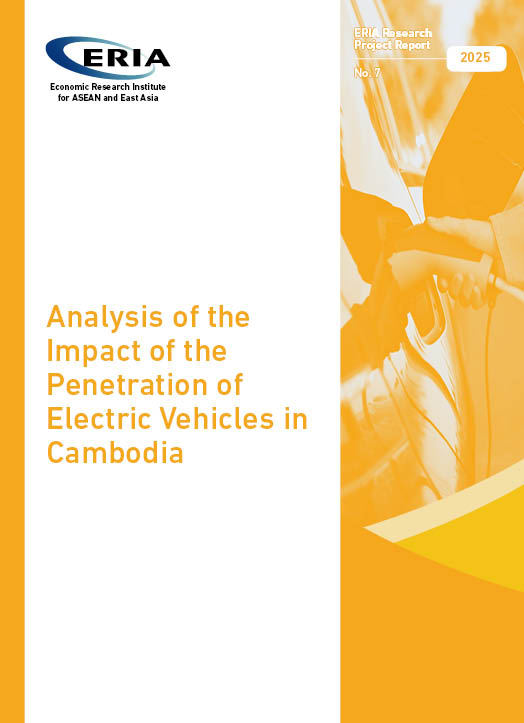Soaring Energy Prices Stunt Decarbonisation in the Indian Power Sector
Share Article:
Print Article:
By Dr Venkatachalam Anbumozhi, Director of Research Strategy and Innovation: India is the world’s second largest coal importer. It also imports 80 per cent of its crude oil and 45 per cent of natural gas demands. US$1 billion worth of coal and 2 per cent of India’s oil demand, nuclear reactors and fertilisers are supplied by Russia.
The ongoing Russia–Ukraine conflict is pushing up global prices of crude oil, gas and coal. Coal prices are at an all-time high at above US$230 per tonne and oil is trading at US$104 per barrel. Soaring energy prices are hitting emerging economies like India hard.
Energy prices are a perennial challenge for the Indian economy. The most obvious impact of high energy prices is on India’s inflation. There has been a steep hike of Rs 25 per litre in diesel and petrol prices in July 2022 alone. This is having a direct impact on inflation, pushing up the cost of production at every stage of agriculture and industrial production as well as in service sector development.
The impact of soaring energy prices combined with high inflation is having severe implications on India’s balance of payments. In 2021, crude oil accounted for approximately 20 per cent of India’s total imports. The inelastic nature of energy demand combined with difficulties in coal imports means that any further increase coal and oil prices will invariably lead to higher import bills for India. This will worsen the current account deficit. Higher natural gas import volumes will also push fertiliser subsidies upwards, amounting to approximately US$1.3 billion per year.
This problem is more acute for energy businesses and trading companies, which are witnessing one of the most significant outflows of foreign direct investment since the outbreak of the COVID-19 pandemic. Still, India bought more than twice as much crude oil from Russia between April and July 2022 than it bought in the whole of 2021, with an undisclosed discounted price to be paid in Russian roubles.
If Russia’s other trading partners shift to similar currency-based trade arrangements for energy imports, then the move away from dollar-based trade finance will accelerate in the region. This will have far-reaching implications on the global energy market and economic integration architecture.
The Russian–Ukraine war and the energy price hikes revealed that continued reliance on imported fossil fuels poses risks to energy security, dampens economic growth and will delay India’s transition to a low carbon economy. Since January 2021, coal-powered plants that rely on imported coal have slowed down electricity generation, resulting in serious power shortages in several states. India should take advantage of its massive coal reserves and fuel its economic growth by substituting imported coal and oil demand with alternatives like renewable energy and green hydrogen.
As a part of its energy security and low carbon energy transition strategy, India has established ambitious renewable energy targets, aiming to quadruple its current 110 gigawatt capacity by 2030. With the price of solar and wind-generated electricity decreasing, the decarbonisation of the power sector is happening rapidly. But more impetus is needed for the development of battery storage systems to complement the variable renewable energy. Energy efficiency improvement in complex sectors like transport, steel and cement through prioritised absorption of new technologies like electrification, ammonia and hydrogen is imperative for the sustainable energy transition.
India set a 15 per cent target for gas as a transition low-carbon fuel in the energy mix by 2030. This requires massive infrastructure investment in niche upstream areas. But the current price regimes continue to favour imports and are not conducive for upscaling investment in the upstream functional areas such as new exploration, transportation and carbon storage.
Despite coal-powered plants having high carbon emissions and causing local pollution, these plants are embedded into the socio-economic fabric of the Indian economy in terms of employment, freight and tax revenues. The growing supply of renewable energy has started to phase out coal power plants in an opportunistic manner. The most competitive clean coal plants will be significantly more efficient and designed to accommodate variable energy penetration in the grids.
Achieving the best energy mix and decarbonising the energy sector in India is impossible without reforming the power purchase agreements. These currently exist as a fixed contract between the power-generating establishments and state-level power distribution companies, most of which are bankrupt. Competitive power markets and market-based carbon energy prices would send the right signal for developing new clean energy sources.
Achieving energy security, economic resilience and deep decarbonisation of the power sector amid the Russia–Ukraine war and volatile international price environment will take time. It will require a combination of technology policies, a more flexible grid and smart investments. India’s public and private sectors should work on the three legacy issues confronting its energy sector — security, resilience and decarbonisation.
This opinion piece was written by ERIA's Director of Research Strategy and Innovation, Dr Venkatachalam Anbumozhi, and was published in the East Asia Forum. Click here to subscribe to the monthly newsletter.
